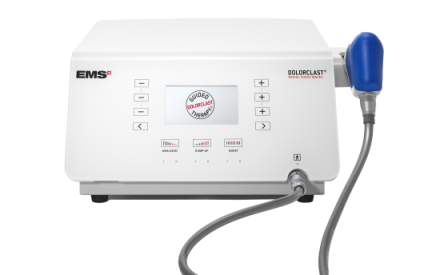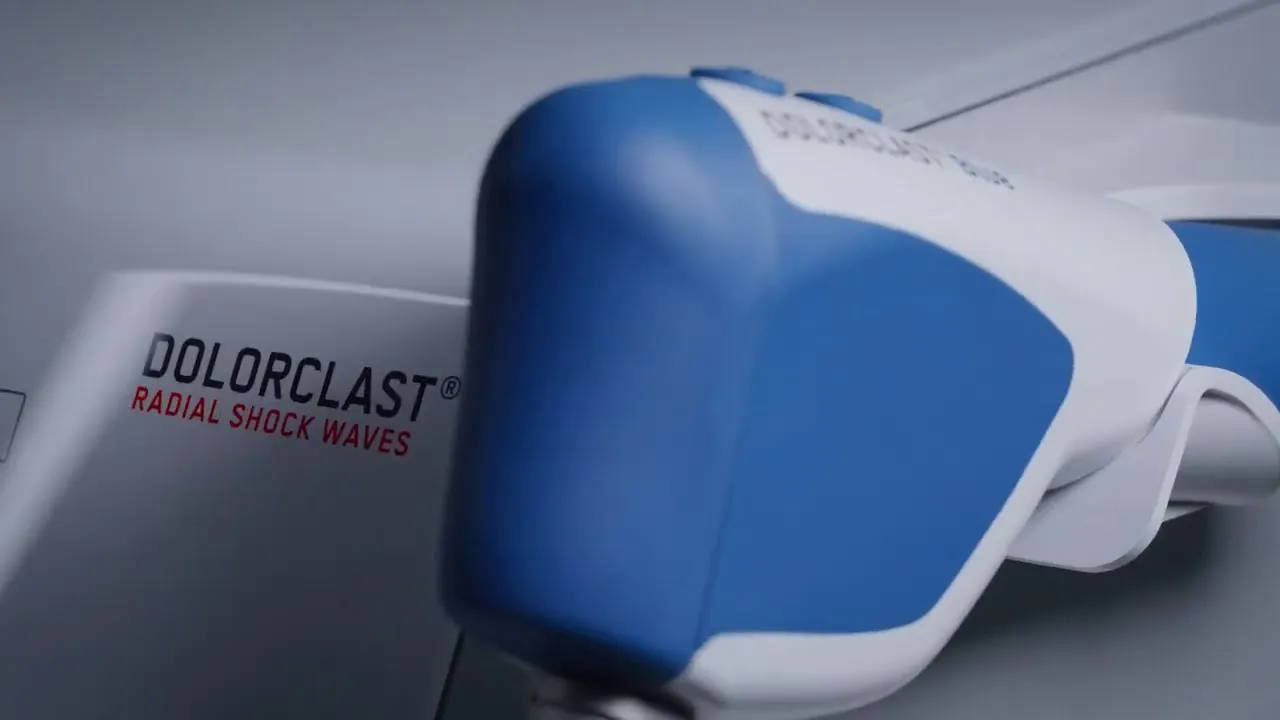The Podiatry & Biomechanics Co. are now offering EMS Dolorclast® Radial Shockwave Therapy for the treatment of heel pain, Achilles tendinopathy and other chronic (and on some occasions acute) conditions of the foot and ankle.
Radial shockwave therapy is a safe, non-invasive therapy that uses high-pressure acoustic frequencies that pass through the targeted tissue to initiate repair and healing, stimulating the body’s natural healing mechanisms.
We chose this specific unit as the EMS Dolorclast® Radial Shockwave has FDA approval as a “Generator, Shockwave, For Pain Relief” device, Class III. It is the only shockwave radial device, with FDA approval.
All other shockwave therapy machines have registered their radial devices with the FDA as Electric Therapeutic Massages (Class I).




